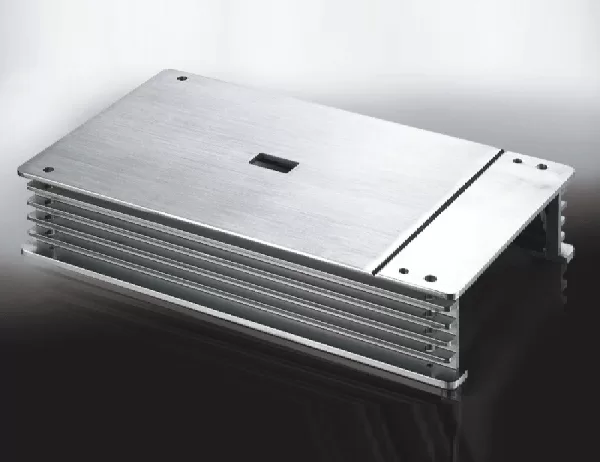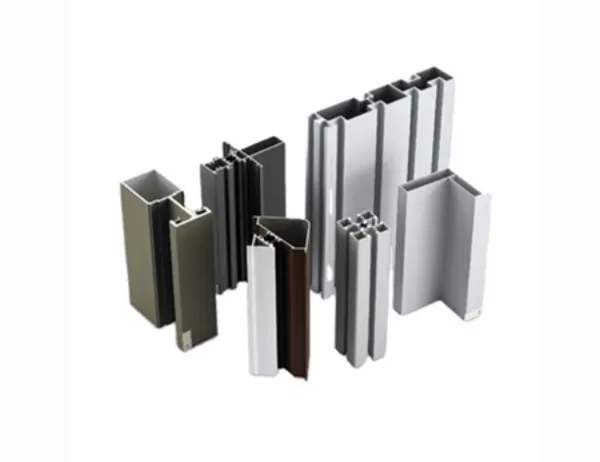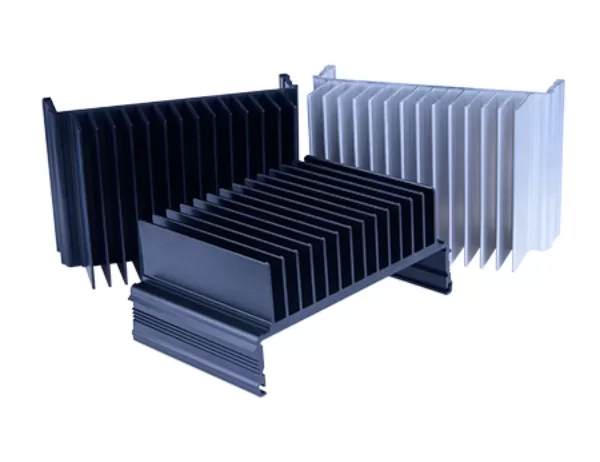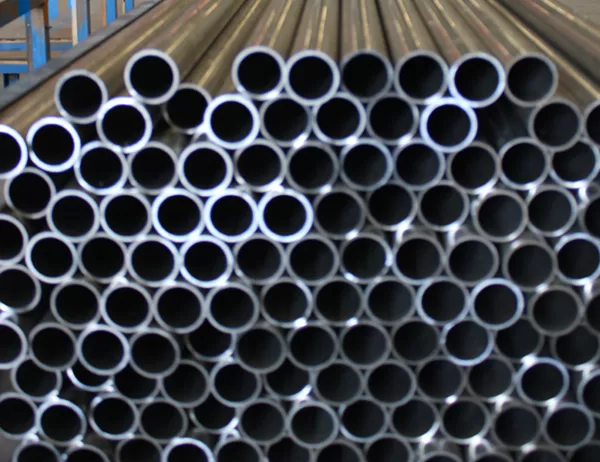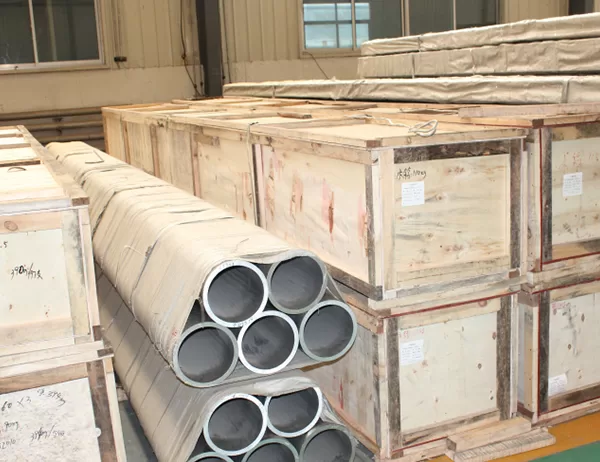In an era defined by technological advancements, automotive safety has entered an unprecedented realm with the advent of Advanced Driver-Assistance Systems (ADAS). As these systems become more sophisticated, the demand for lightweight and robust materials skyrockets. Enter aluminum extrusions, poised to revolutionize the integration of ADAS components.
Aluminum extrusions are precision-shaped profiles crafted from high-strength alloys. Their unique properties, including exceptional rigidity, corrosion resistance, and lightweightness, make them ideal for ADAS applications. By leveraging aluminum extrusions, engineers can design compact and efficient mounting systems for sensors, cameras, and other critical ADAS components.
One of the key advantages of using aluminum extrusions in ADAS is their ability to integrate multiple components into a single assembly. Through innovative extrusion techniques, manufacturers can create complex profiles that incorporate mounting points, channels for wiring harnesses, and even heat sinks, eliminating the need for separate brackets and fastenings. This not only reduces assembly time and costs but also enhances the structural integrity of the system.
Furthermore, the lightweight nature of aluminum extrusions contributes to improved fuel efficiency and overall vehicle performance. By minimizing the weight burden associated with traditional mounting systems, automotive designers can enhance fuel economy without compromising safety.
As ADAS technology continues to evolve, the demand for lightweight and durable materials will intensify. Aluminum extrusions, with their unique combination of properties, are perfectly positioned to meet this growing need. By integrating aluminum extrusions into ADAS components, manufacturers can achieve improved safety, reduced costs, and enhanced vehicle efficiency, paving the way for a future where autonomous driving becomes a reality.
